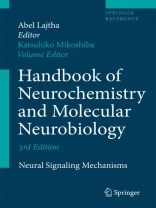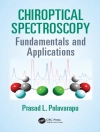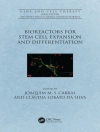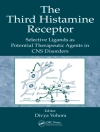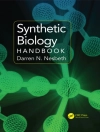This volume of the Handbook of Neurochemistry and Molecular Biology focuses on molecular events involved in synapse formation, synaptic plasticity and ongoing neural activity. The volume explores axonal growth cones, synapse development, and mechanisms of LTP and LTD, and calcium dynamics. Particular attention is given to function and trafficking of membrane proteins including various ion channels, aquaporines, gap junctions.
Spis treści
Molecular events occurring during neural activity.- Molecular events occuring during synaptic plasticity.- molecular mechanism of growth come formation.- molecular mechanism of LTP in hippocampus.- Molecular mechanism of LTD in cerebellum.- Development of synapse.- Ion channels, neural function and disease.- Aquaporine.- NMDA receptor.- C1-channel.- gap junction.- AMPA receptor.- n ACH receptor.- K channel.- muscarinic receptor.- glycine receptor.- GABA receptor.- Glutamate receptor.- Ca channel.- Catecholamine receptor.- Indolamine.- Phosphorylation.- Protein kinase C.- BARK.- Ca MK II.- cdk5.- P13 kinase.- Postsynaptic signaling.- Presynaptic signaling.- Dynamism of ion channels and receptors: targeting, trafficking, degradation.- Structural basis of ion channel gating and pore opening.- Calcium signaling.- calineurin.- IP3 receptor.- calreticulin.- Ryandine receptor.- Calcium channel.- Ca pump.- Signaling molecules.- PLC.- PLD.- Mglu R.- inositolpolyphosphates including PIP2.- lipid messengers.- A skeletal protein as a signal interacting protein.- actin filament.- microtubes.- homer.- S100 protein RAGE signaling in the central nervous system.- connexin mediated neuronal communication.- calcium regulation by EF-hand proteins in the brain.
